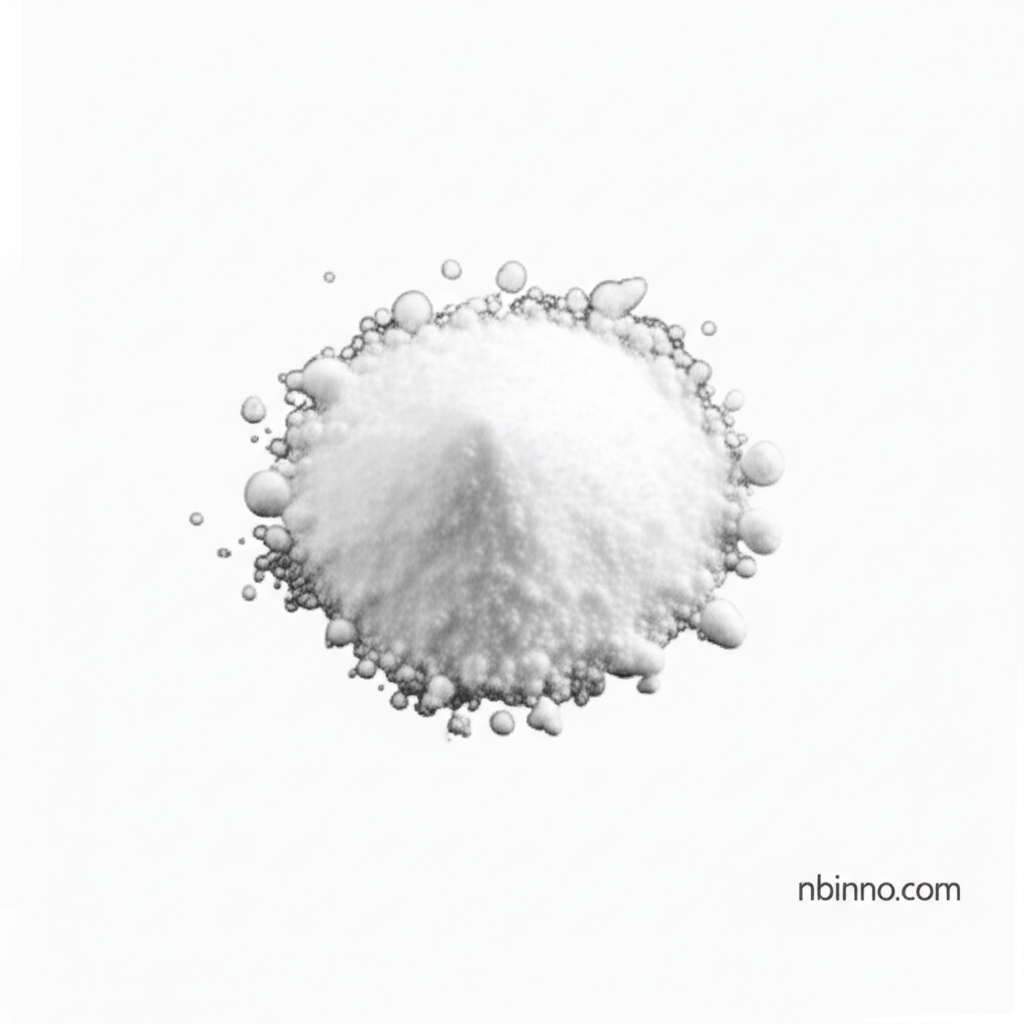Diphenylmethyleniminoacetonitrile: A Versatile Reagent for Organic Synthesis and Catalysis
Unlock new possibilities in chemical synthesis with this high-purity organic intermediate.
Get a Quote & SampleProduct Core Value

Diphenylmethyleniminoacetonitrile
Diphenylmethyleniminoacetonitrile (CAS: 70591-20-7) is a critical organic intermediate with a high purity of 98%. It serves as a valuable reagent in advanced organic synthesis, particularly in the field of transition metal catalysis for the creation of alpha-amino acids.
- Discover the power of CAS 70591-20-7 as a key reagent in your organic synthesis workflows.
- Explore its application in synthesizing complex alpha-amino acid structures through precise transition metal catalysis.
- Leverage its potential as a precursor for developing novel Cathepsin B inhibitors in pharmaceutical research.
- Ensure consistent results with a product known for its chemical stability and high purity.
Key Advantages
Versatile Synthesis Applications
Experience the versatility of Diphenylmethyleniminoacetonitrile as it facilitates complex organic transformations, contributing to the efficient development of new chemical entities.
Catalytic Efficiency
Utilize this compound in transition metal catalysis to achieve high yields and selectivity in the synthesis of valuable alpha-amino acids, a crucial step in many drug discovery programs.
Pharmaceutical Intermediate
Integrate Diphenylmethyleniminoacetonitrile into your research for synthesizing Cathepsin B inhibitors, addressing potential therapeutic targets in various disease areas.
Key Applications
Organic Synthesis
A cornerstone reagent for chemists seeking to build complex organic molecules with precision and efficiency.
Pharmaceutical Development
Crucial for research into Cathepsin B inhibitors and other therapeutic compounds, advancing medicinal chemistry efforts.
Catalysis Research
Enables advancements in transition metal catalysis, paving the way for more sustainable and effective synthetic routes.
Chemical Building Block
Serves as a fundamental building block for creating diverse chemical libraries and novel compounds.
